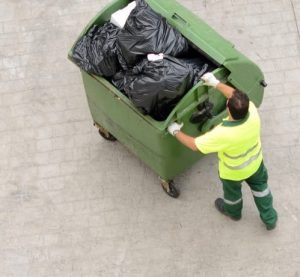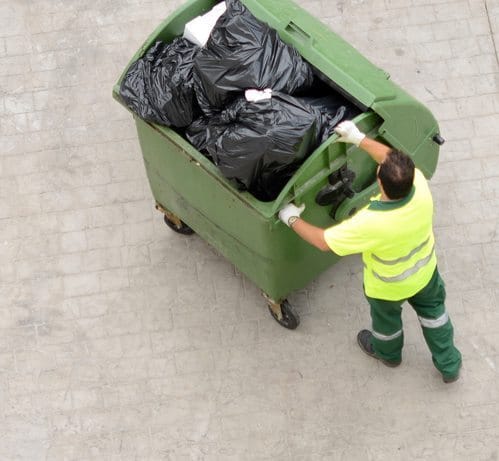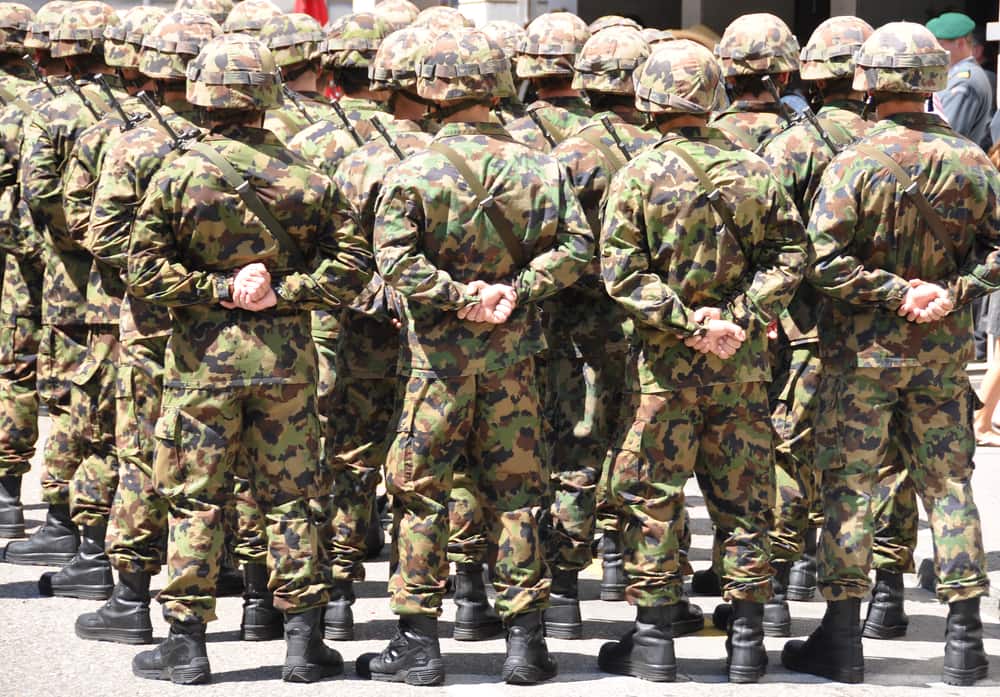
Garbage collectors get a lot of respect for doing other people’s dirty work, but few envy the job. Filth and odors make trash collection unpleasant, while physical safety hazards pose a much bigger problem. In fact, garbagemen die on the job more often than police officers.
Workers who run behind waste collection trucks face perhaps the greatest risks. Dig deeper, and we find a plethora of injury risks affecting every aspect of trash collection.
This eye-opening infographic about garbage collection dangers lays out the facts. Consider these stats:
– Waste collector is the 5th most dangerous job in the US.
– About 100 garbage workers die each year.
– The job ranks 3rd most dangerous for falling injuries.
– Heavy lifting causes countless non-fatal injuries (ankle, back, and shoulder strains, cut hands, and more).
Making Waste Collection Safer
Bad things can happen once you have items like broken glass, chemicals, animal waste, and other hazardous materials being gathered in one place. Facilities managers and janitorial workers who deal with dumpsters and waste containers face similar dangers as city trash workers.
Stop overlooking the daily stress associated with filling and moving dumpsters from collection areas to pickup sites. Pushing or pulling wheeled containers results in musculoskeletal problems like shoulder and back injuries.
Motorized waste container movers like DJ Products’ WasteCaddy alleviate the greatest risk factor for your employees who handle dumpsters. Instead of putting two or three workers in harm’s way, one employee can transport heavy containers with a battery-powered tow.
Read more about dumpster safety and consider the WasteCaddy lineup of dumpster movers to protect your workers’ health and safety.


